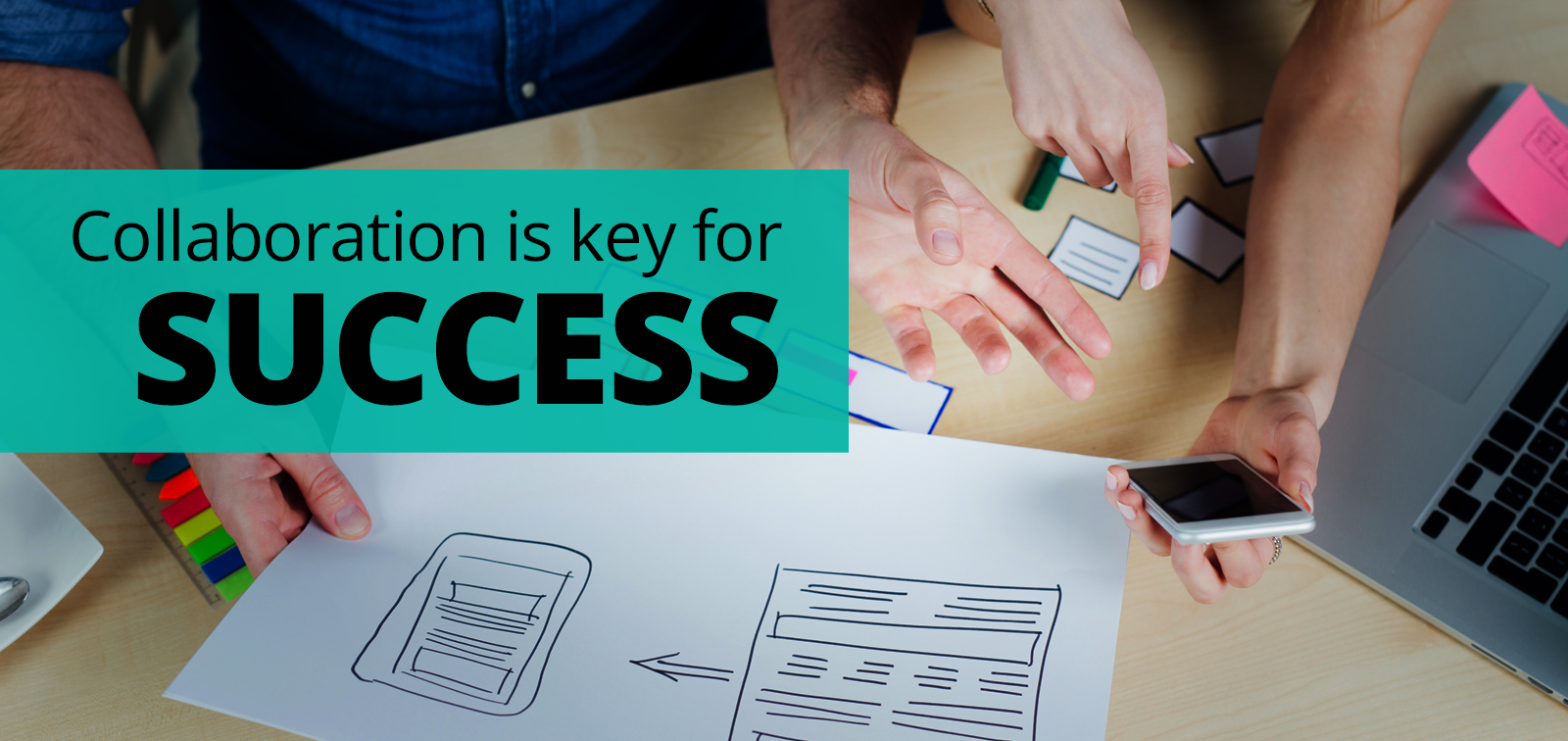
After investing time and money in your website, you might question if it is helping your business. The problem may not be your practice, it may be problems with your website. There are many steps to consider to build a useful website, so there is a chance you may have missed some key points. To make things a little easier, we compiled a list of what to look for in an effective website. These might just be the things that you are keeping your website from being successful. Try to use these ideas to get your website in the best shape to better fits your user’s needs.
![]()
Does your website have the look and appeal to attract and retain visitors?
Your site should reflect who you are and what you represent; whether its products, services or just a personal site. You need to have a base set of colors that go well together to set the appropriate settings for your visitors. Don’t over do it and try to stick with two to three main colors for your site. Make sure that your text is readable and the font size and color don’t make it disappear into the background of the site.
Keeping your site simple is also one of the best ways to send a clear message of what you are about. Try not to overload the viewers with too many images or images that could either clash or just not make sense to the overall theme of your site.
![]()
Don’t overwhelm the user with text. You should be clear and to the point, but break it up so your users will not lose interest. You have try and retain your visitor, so don’t run them out with a page full of text that is hard to read or takes a while to give them the info that they are looking for. Make sure to change it up with updated content every once and a while, to keep users coming back.
![]()
When you bring visitors to your site, you should strive to make the experience as pleasant as possible. We have already addressed ideas like keeping text easy to read and not overwhelming, but you should also consider the simplicity of the overall experience.
You should have fast loading pages so that your user will not close out and try to find a new site. Also, keep page scrolling to a minimum. The easier it is to find the information a user is looking for, the more likely they are to keep using your site. Have important links up front and make them easy for the user to find.
Make sure your site flows properly. You should have easy to access navigation and content elements utilizing logical placement. If you have ever heard the phrase “above the fold” pertaining to a website, you might know that it means the space that will appear first without being cut off from the bottom of the screen. This is the space that a user first sees where there is no scrolling required. Any content you place below that should be either be secondary information or a follow up to the information that you provide above the fold, when the user first sees your page.






